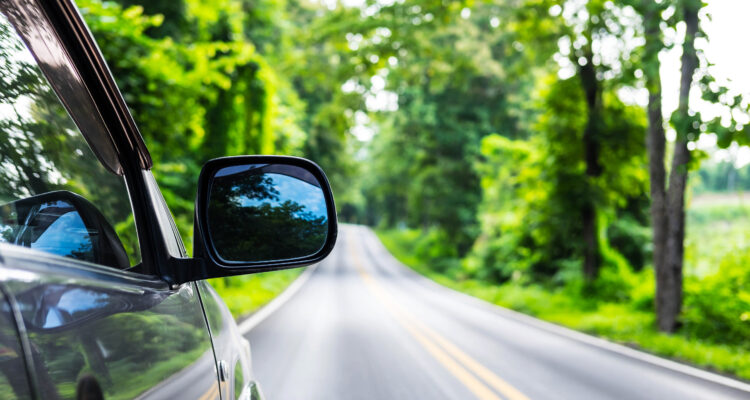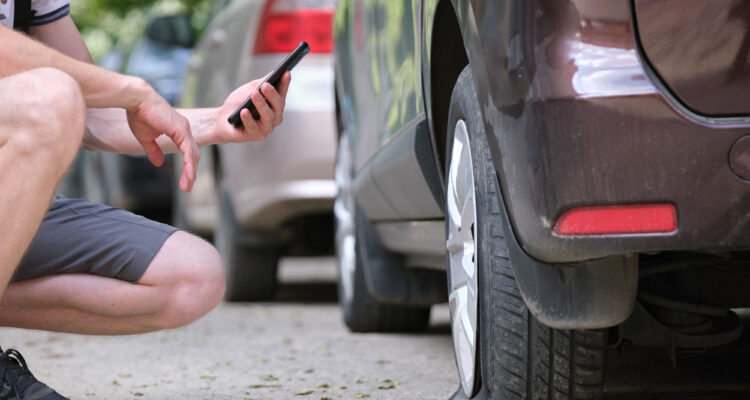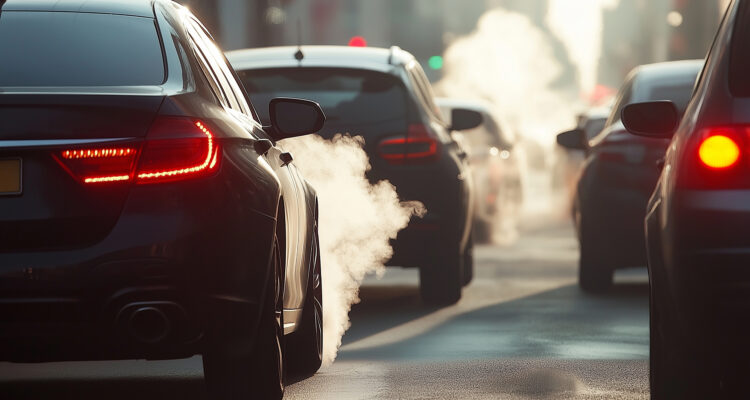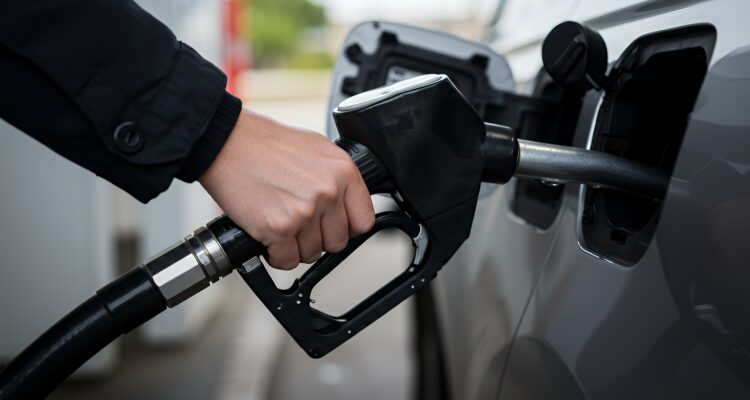Are you worried about climate change? You’re not alone. In a 2022 government survey, 75% of adults have stated they have made lifestyle changes to help tackle the issues which are impacting the environment[1].
One change we can make to help the environment is to adopt a more eco-friendly driving style. So, we’ve put together 6 eco-driving tips:
1. Drive more smoothly.
Repetitive speeding up and braking uses a lot more fuel than driving smoothly. When you accelerate and need to pull away from being stationary, your car needs to use more fuel to do this. And obviously the less fossil fuels we use the better!
For example, you see some traffic lights coming up and you know they are red or turning red.
- There’s no need to speed up to them and fully stop just to pull away again when they go green.
- You can slow down gradually and maybe by the time you get to the lights they will be green.
- Even if they aren’t – you haven’t used fuel speeding up to them when you do stop.
- Remember to always respect ‘giveaway’ and ‘STOP’ signs.
Using the highest gear possible in each situation is also a good way to reduce fuel consumption.
If this is something you really want to work on, there are even driving courses available, designed to help drivers reduce their emissions and fuel consumption.
You could also google the term ‘hypermiling’, which is the art of driving while using as little fuel as possible, for some more tips.
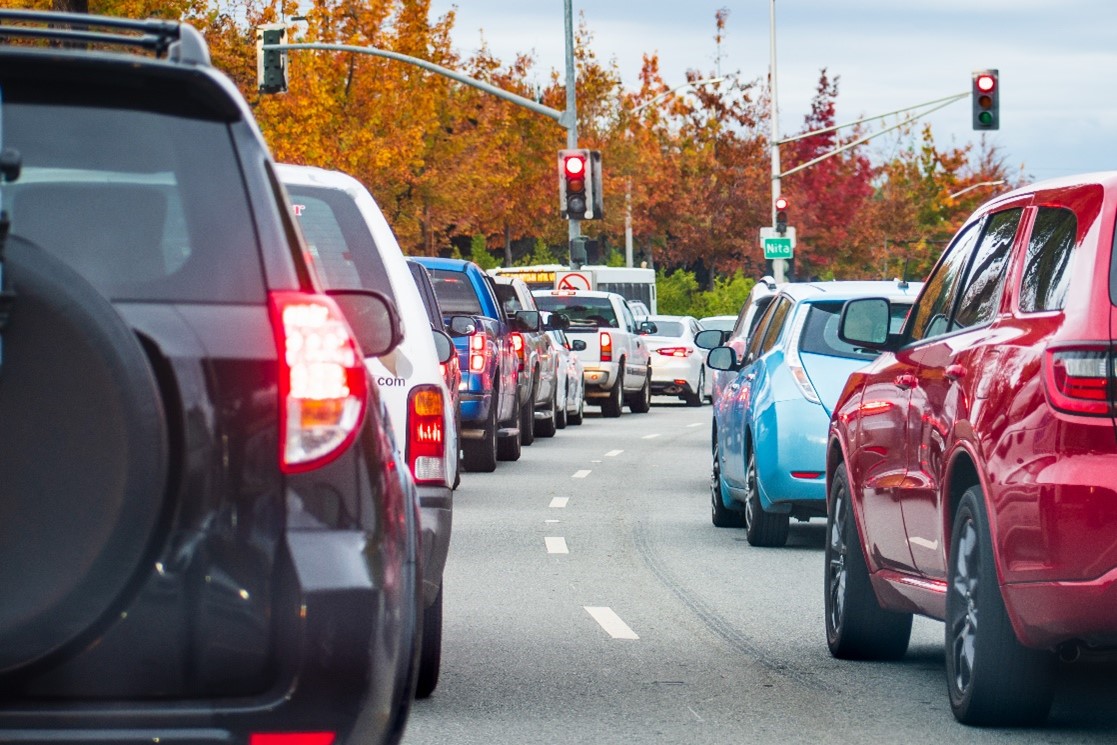
2. Reduce your speed.
Not only is it the law to stick to the speed limit but it also helps to reduce your fuel consumption and emissions. Figures from the Department of Transport found that:
- Driving at 80mph on the motorway uses 25% more fuel than driving at 70mph. And is illegal on all roads.
- Driving at 70mph instead of 60mph in an open speed limit zone uses 9% more fuel[2] and produces more emissions.
Some roads have even been limited to 50 mph to reduce emissions[3].
Reducing your journey speed will only increase your journey time by a few minutes and can make your journey a lot safer and more eco-friendly.
3. Use your Stop/Start system, if you have one.
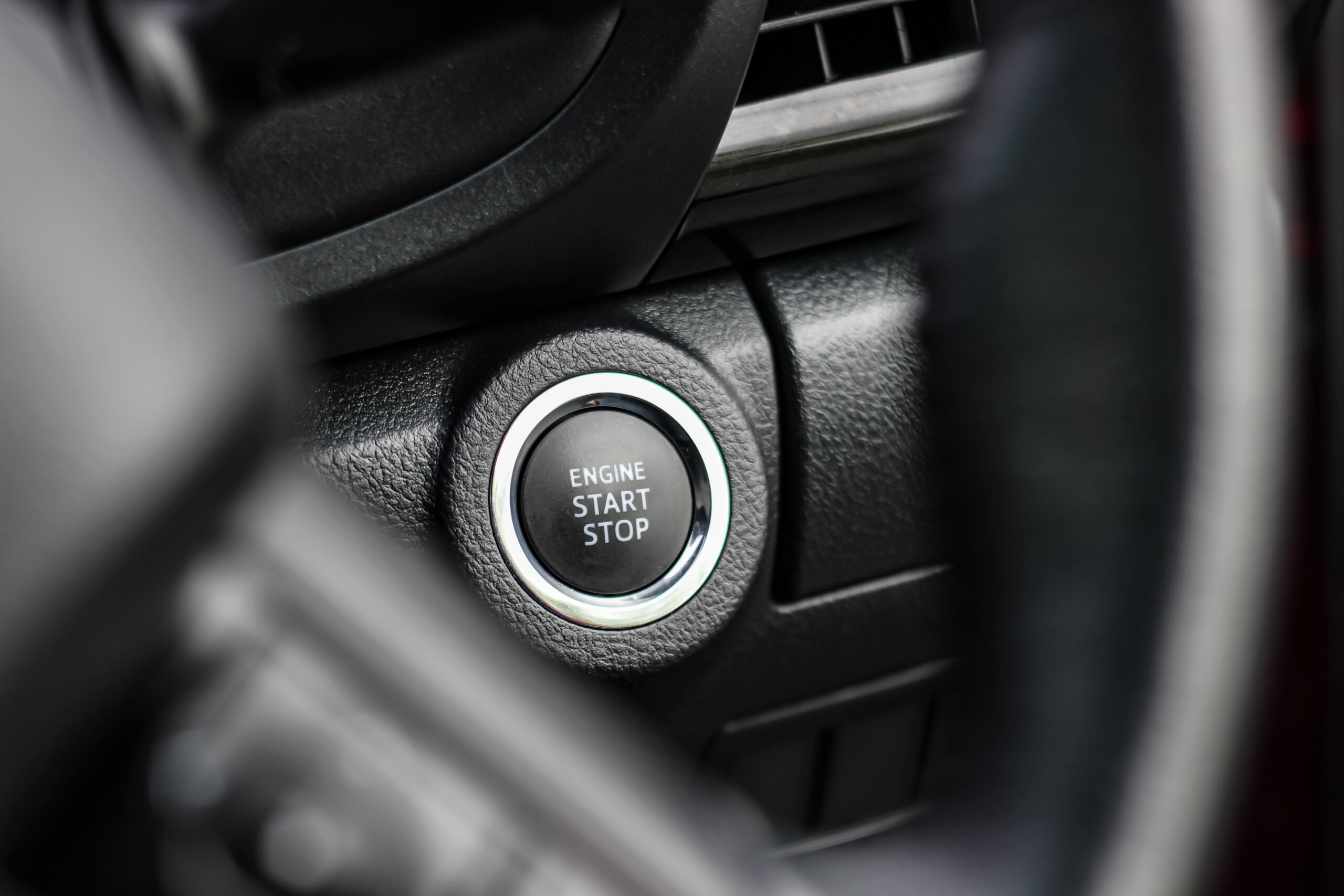
If your vehicle is fitted with a stop/start system, make sure it is switched on. This means when your vehicle is stationary and in neutral with your foot off the clutch the engine will temporarily switch off. To activate the engine all you do is place your foot back on the clutch, making it easy to set off again.
If you don’t have a Stop/Start switch, there is uncertainty around whether they should switch off your engines while waiting in standstill traffic or at traffic lights.
This may be more economical and environmentally friendly than sitting in standstill traffic with your engine running. Though it’s important to remember you must be able to quickly restart your engine when traffic starts moving or to make way for emergency vehicles. If your battery is nearing the end of its life this may not be advisable, as there is a chance you won’t be able to start the car again.
4. Reduce using extras, where possible.
Using your aircon and heating in a car can consume fuel and give off more emissions, as they use engine power to run. Try to use these only when you really need to – this might mean wearing an extra layer for your journeys.
Other things you can reduce/avoid is using the following when they are not essential:
- Stereo system
- Headlights
- Demisters
5. Check your Tyres.
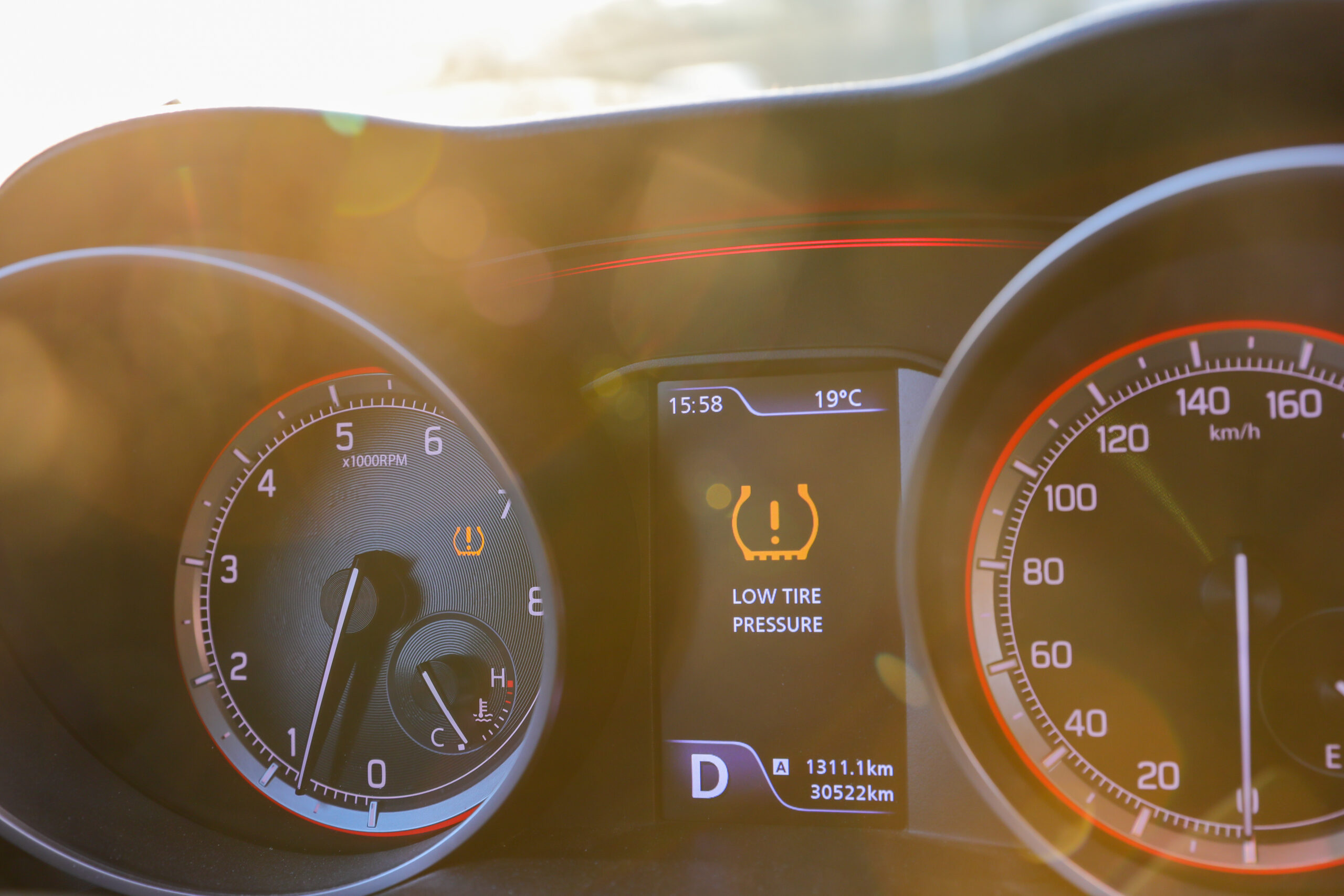
Underinflated tyres can be a huge contribution to poor eco driving[4]. This is because your engine has to work harder to get the wheels moving. So make sure they are always at the correct pressure and have the right amount of tread. Cars must have a minimum tyre tread depth of 1.6mm.
You can find the correct tyre pressures for your vehicle in the vehicle handbook.
6. Share journeys.
One of the best ways to reduce your travel impact on the environment is travelling via bus or train. However, we’re aware that this isn’t possible for everyone. So why not try lift sharing? Whether it’s driving to work or the school run, sharing one vehicle is much more efficient than using multiple.
If you plan on sharing the drive, ensure all drivers are insured to drive the vehicle.
Get a car insurance quote here.
[1] Worries about climate change, Great Britain – Office for National Statistics (ons.gov.uk)
[2] Top tips: How to save money on fuel costs (yahoo.com)
[3] How to be a greener driver: Eco-driving tips – Confused.com
[4] BBC – Shropshire – Save money with eco driving tips
